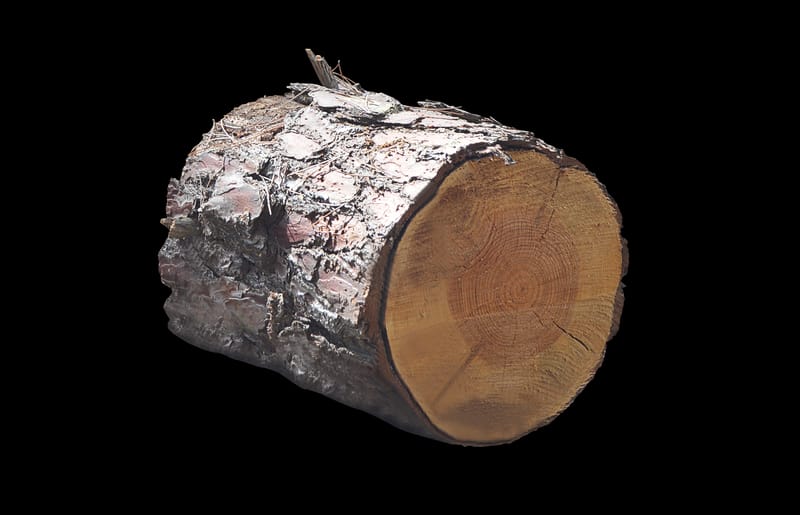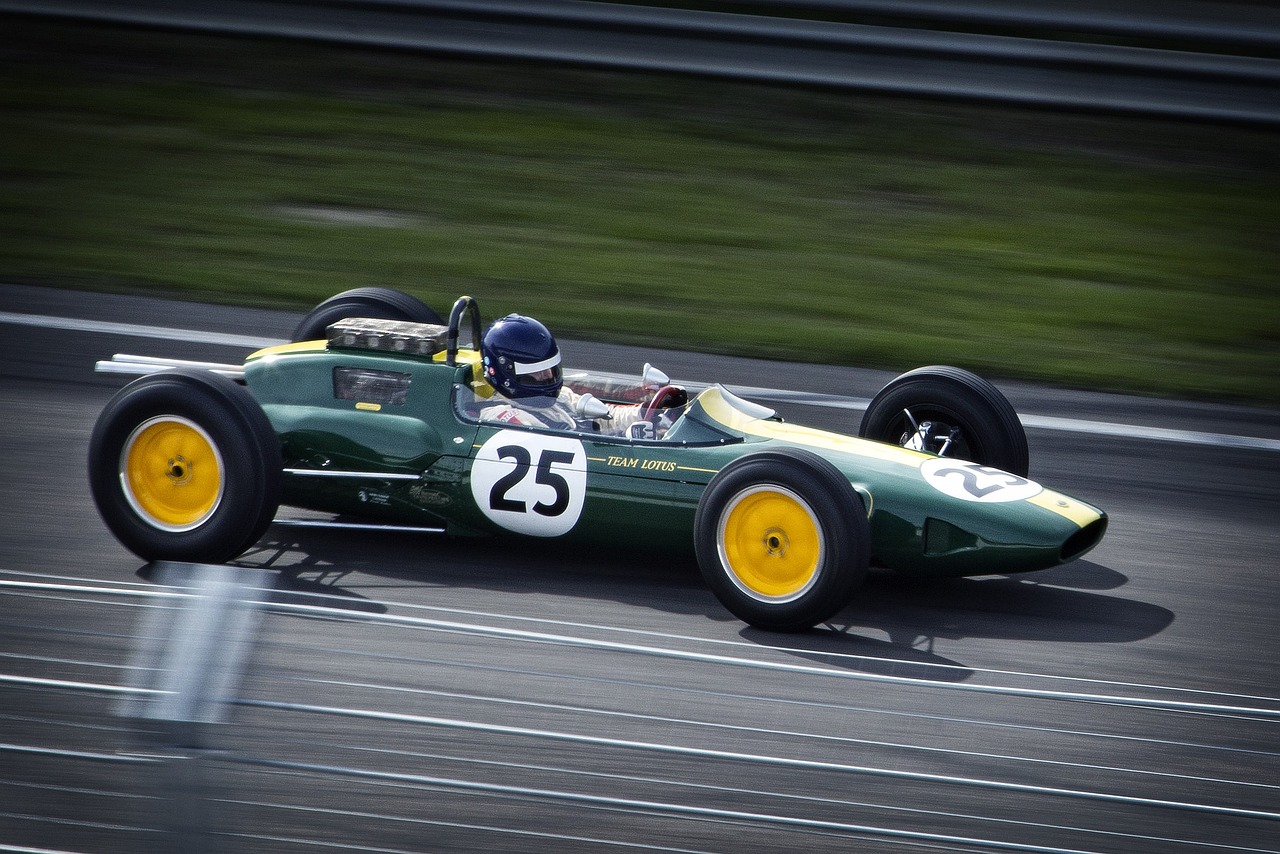Astro Photography - Part 1
Capturing Celestial Moments - Part 1
Welcome to our guide on capturing celestial moments! Whether you are an amateur stargazer or a seasoned astrophotographer, this series will provide you with essential tips and techniques to photograph the beauty of the night sky. In this first part, we will focus on the equipment you need to get started.
1. Camera
The most crucial piece of equipment for astrophotography is a camera with manual settings. Ideally, a DSLR or mirrorless camera that allows you to adjust exposure, aperture, and ISO settings will give you the flexibility needed to capture stunning images of the stars and planets.
2. Lens
A wide-angle lens with a fast aperture (f/2.8 or lower) is recommended for capturing expansive views of the night sky. A lens with a focal length between 14mm and 24mm will enable you to capture more of the celestial landscape in your frame.
3. Tripod
Stability is key when photographing the night sky, so a sturdy tripod is essential to keep your camera steady during long exposures. Look for a tripod that is robust yet portable, allowing you to set up your equipment easily in different locations.
4. Remote Shutter Release
To minimize camera shake and capture sharp images, a remote shutter release or intervalometer is highly recommended. This accessory will allow you to trigger the camera without physically touching it, reducing the risk of introducing vibrations during long exposures.
5. Star Tracker (Optional)
For more advanced astrophotography, consider investing in a star tracker. This device compensates for the Earth's rotation, allowing you to capture sharp images of the night sky without star trails. While optional, a star tracker can significantly enhance the quality of your astrophotos.

Stay tuned for Part 2 of our series, where we will delve into essential camera settings and techniques for capturing stunning images of the cosmos. Happy stargazing!
